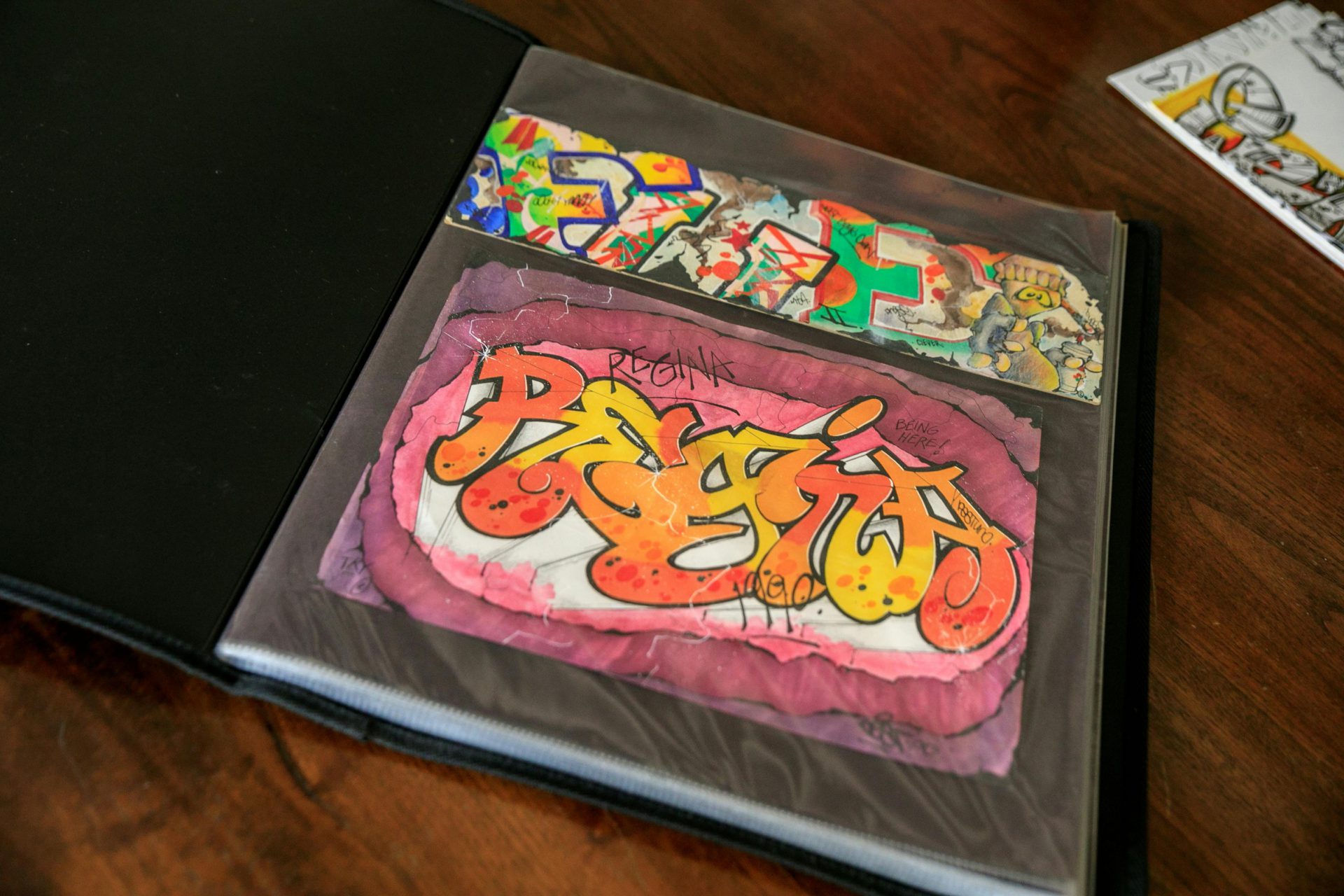
How to Discover Your STEM Self Through Cosplay and Sewing
Posted August 17, 2017, 12:00 pm by
When you hear about people with spatial, math and problem-solving skills, you probably assume they excel at STEM subjects. But did you know people who create fashion, accessories and cosplay rely on those same skills?
In fact, sewing is a great way to hone STEM skills, and STEM skills help with sewing and other crafts. If you're into creating things out of fabric, you might be ready to try a STEM program.
“There is more overlap than you think,” Jill Frechette of West Boylston, Mass., says. A sophomore at Vassar College, Frechette studies English and pre-med. She learned to sew as a teenager, making clothes, accessories and home décor items. At college, she works in the dance department, making costumes.
“If you’re interested in math and geometry, you’ll find a lot of that in sewing. And if you enjoy sewing, STEM majors may interest you more than you’d think,” she says.
Sewing equals problem-solving.
Though sewing itself is easy to master, making a garment or project requires solving a series of problems. Will you use a pattern? What size is correct, and will adjustments be needed? What fabric is suitable and how will it look in the end? Is there a way to optimize your use of the fabric, either being as efficient as possible or taking advantage of a directional print in the design? How do you insert zippers and other closures and should they be strictly utilitarian or decorative? The list goes on.
Frechette says she applies the problem-solving, calculating and attention to detail she learned in sewing classes to her work in her science labs at college. For example, when she creates a garment from a pattern, she has to adjust it to fit her measurements, trying on the piece as she constructs it and making changes as necessary.
“Like with a sewing pattern, in my biology lab we had to design an experiment making sure all the variables were accounted for. If you’re solving for one variable and realize something is off, or there’s a variable you haven’t accounted for, you have to go back, adjust and retry the experiment,” Frechette says.
Like cosplay? You might be into STEM.
Many of today’s high school students have learned to sew because of their interest in cosplay. But to create the perfect rendition of a character, they also use physics and engineering skills. For example, how do you construct a headpiece so that it’s stable but easy and comfortable to wear? Or, how do you attach and power LED lights so your costume glows?
Former aerospace engineer and quilting expert Diane Rusin Doran, of Baltimore, Md., says the problem-solving and creative use of materials needed to create cosplay costumes is “a wonderful way to build up skills that could be translated to any STEM career.”
“I love that so many cosplay outfits are truly construction projects,” she says. “We all spend an incredible amount of time in the virtual world. Any activity where you can create something with your hands and real materials, whether through sewing or other means, can help you to learn skills that will serve you well in life and at work.”
Doran is the mother of three teenagers. She learned that sewing and STEM go together from her mother, an accomplished seamstress and crafter who was also a computer programmer and analyst for NASA's Mercury and Gemini programs. After earning an engineering degree, Doran worked for 12 years at the Johnson Space Center and Goddard Space Flight Center, designing and verifying the ascent trajectory of the Space Shuttle and providing real-time launch support prior to liftoff.
When she left her engineering career to raise a family, Doran returned to the sewing skills she’d learned as a child, becoming an award-winning quilter and quilting magazine editor.
Her engineering experience frequently helps her in quilting and editing, she says. She’s learned to pay attention to detail, check for accuracy (especially mathematical calculations) and make a plan.
“I think sewing is a fun and useful activity that anyone can learn no matter what their background is,” Doran says. “It's a wonderful means of helping to develop skills and practices that can be very helpful in any career, but particularly a STEM one.”
Blog Categories
- Career Advice
- College Admissions
- Colleges & Universities
- Financial Aid and Scholarships
- For Counselors
- For Parents
- For Students
- Gap Years
- Mental Health and Wellness
- Online Learning
- Performing and Visual Arts
- STEM Majors and More
- Summer Programs
- Teen Volunteering
- Trade & Vocational Schools
- Tutoring & Test Prep

Organization with listings on TeenLife? Login here
Register for Free
We’re here to help you find your best-fit teen-centered academic and enrichment opportunities.
Forgot Password
"*" indicates required fields








